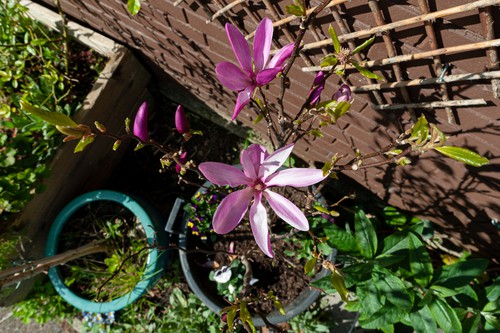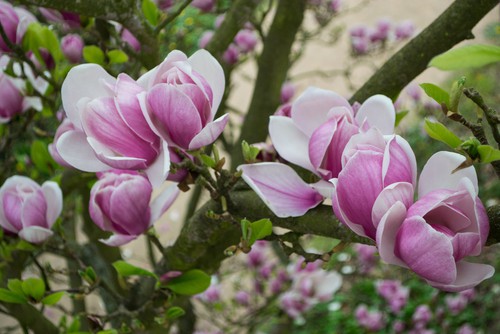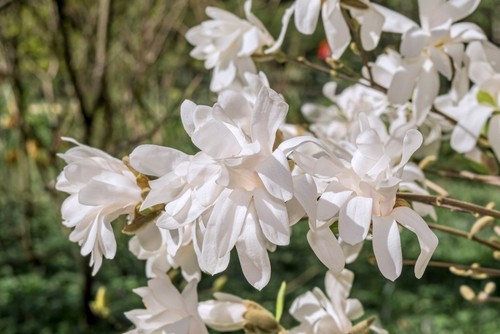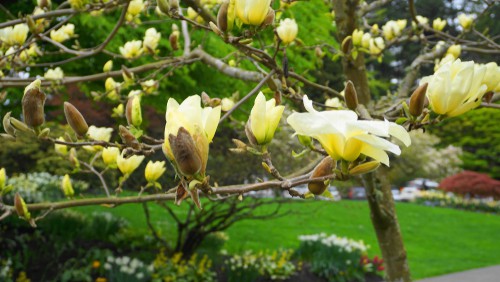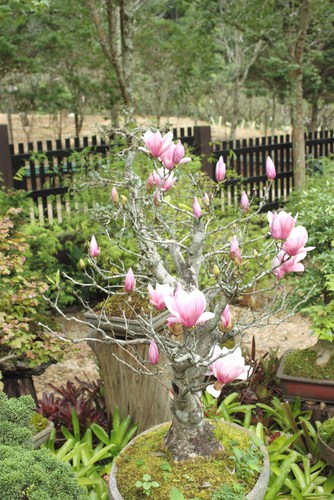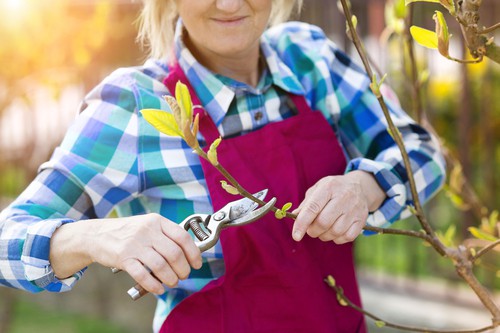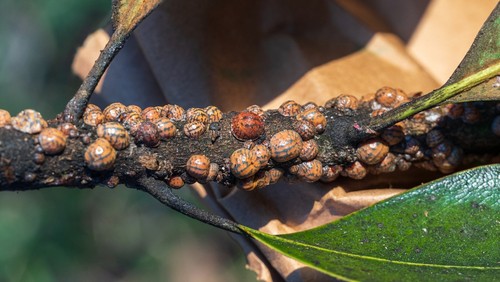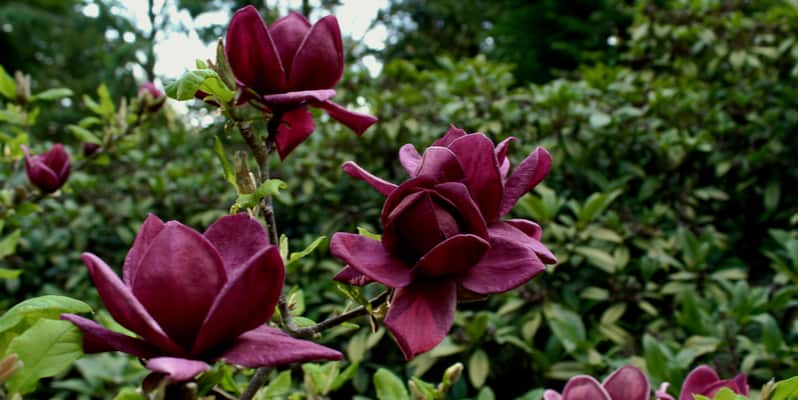
How to grow a magnolia tree?
Our site is reader supported, this means we may earn a small commission from Amazon and other affiliates when you buy through links on our site.
Growing a magnolia tree is quite simple and straightforward. Some differences occur as to whether you have a deciduous magnolia tree such as Magnolia Stellata or Susan(most common) or an evergreen one such as Magnolia sieboldii.
However, the most important things to know about are the types of soil they need, choosing the best location, and watering, nutrient needs as well as pruning as this can cause magnolias not to flower if done incorrectly. And that the best time to plant a young magnolia tree is between autumn and spring.
Choosing the right soil for magnolias
Most magnolia trees and shrubs prefer slightly acidic or neutral soil that’s well drained. Use a pH testing kit to check the acidity of your soil and adjust it if necessary by adding plenty of organic matter to the soil or iron sulphate which is also great for lawns.
Some magnolias, including the popular Magnolia stellata are happy in chalky soils which are alkaline. However, if your soil is too chalky or too alkaline, consider growing your magnolia in a container which I have also have a guide on here.
If growing in pots I recommend using ericaceous compost as it’s more acidic which magnolias prefer.
Adding mulch to the soil slows down the evaporation of water from the surface of the ground and keeps the soil cool which also helps. Plus, if you use organic mulch, it releases additional nutrients into the ground to feed the plant. It also keeps the weeds down. Lastly, the mulch stops the soil from compacting around the base of the tree, letting water flow down easily into the tree’s roots.
Where to plant a magnolia
Most magnolias grow well in the ground, though there are dwarf varieties or certainly what I would consider smaller growing varieties that grow well in containers and pots. Different varieties of magnolias like slightly different conditions but, in general, they prefer being in full sun and in a sheltered position away from cold winds.
Look for places that are out of the wind and heavy rain. Placing the trees against a wall, and training them upwards is a good option, this is often a popular choice for evergreen varieties. But be aware of the extra watering requirements in this spot as the ground is usually dry against a wall too.
And take note of the full-grown size of your chosen magnolia as some cane grow fairly large. You need to choose a place where the tree can spread and flourish to its fullest as they are fairly slow growing and can take some 15-20 years to reach their full potential. You don’t want to have to dig it up and move it after a few years when it’s outgrown its original location. This can cause the tree to go into shock and affect its health.
Magnolia shrubs and trees don’t do well in colder areas. Check your chosen variety to see the temperature range it prefers. And heavy frost damages the flowers and the leaves, so watch out for that too. This means, don’t plant them in frost pockets as frost can damage the buds and flowers and most flower early on in spring so this is a real risk.
Watering and nutrients
Ensuring your magnolia tree has adequate water and nutrients is key to its good health and continued success. Fertilise your tree after you plant it, and for the next few years, to ensure it establishes itself strongly and has a good start in its life. My article, What is the best fertilizer for magnolia trees?, discusses the fertilisers to use.
After the first few years, you don’t need to further feed the magnolia tree unless your soil condition is poor. Or you want to give a boost to the amount of flowers that bloom.
As for watering, again, the first few years of the magnolia tree’s life cycle are crucial, especially within the first 12 months while they get their roots out. Water the tree regularly in this period, using rainwater if possible. Once the tree is established, water during dry spells or if your soil drains quickly.
Of course, the location of the tree comes into play here as to how quickly the ground dries out. If the tree is against a wall, this warmer environment encourages the plant to use up water quickly. So water more often here. And if the tree is in the middle of your lawn, keep a good 1.2m diameter of open soil around the base of the tree so water (especially rainwater) can go directly to the roots without having to first go through (and be used by) the grass.
Growing in containers and watering
Just a quick word here about growing magnolia trees in containers. The soil in such pots dries out fast so you do need to always have a regular watering schedule. Plus, the pot encloses the soil and so there isn’t any opportunity to bring in nutrients naturally in from elsewhere. Fertilising container-grown magnolias regularly (and also using organic compost) becomes key to getting great blooms.
Pruning
Magnolias don’t really need regular pruning but sometimes it can be beneficial to prune them to keep them a certain size, remove disease or damaged stems or encourage bushier plants. Only give them light pruning as hard pruning can cause them to not flower for a few seasons. If you need to prune them back harder, I recommend pruning them back over a couple of seasons instead of all in one go.
Problems
Magnolias don’t really suffer much with pests or diseases but they can sometimes be attacked by pests such as scale insects and vine weevils, especially when grown in pots. if you’re having problems with your tree, these two articles will be useful: Why is my magnolia not flowering? and What is eating my magnolia leaves?
